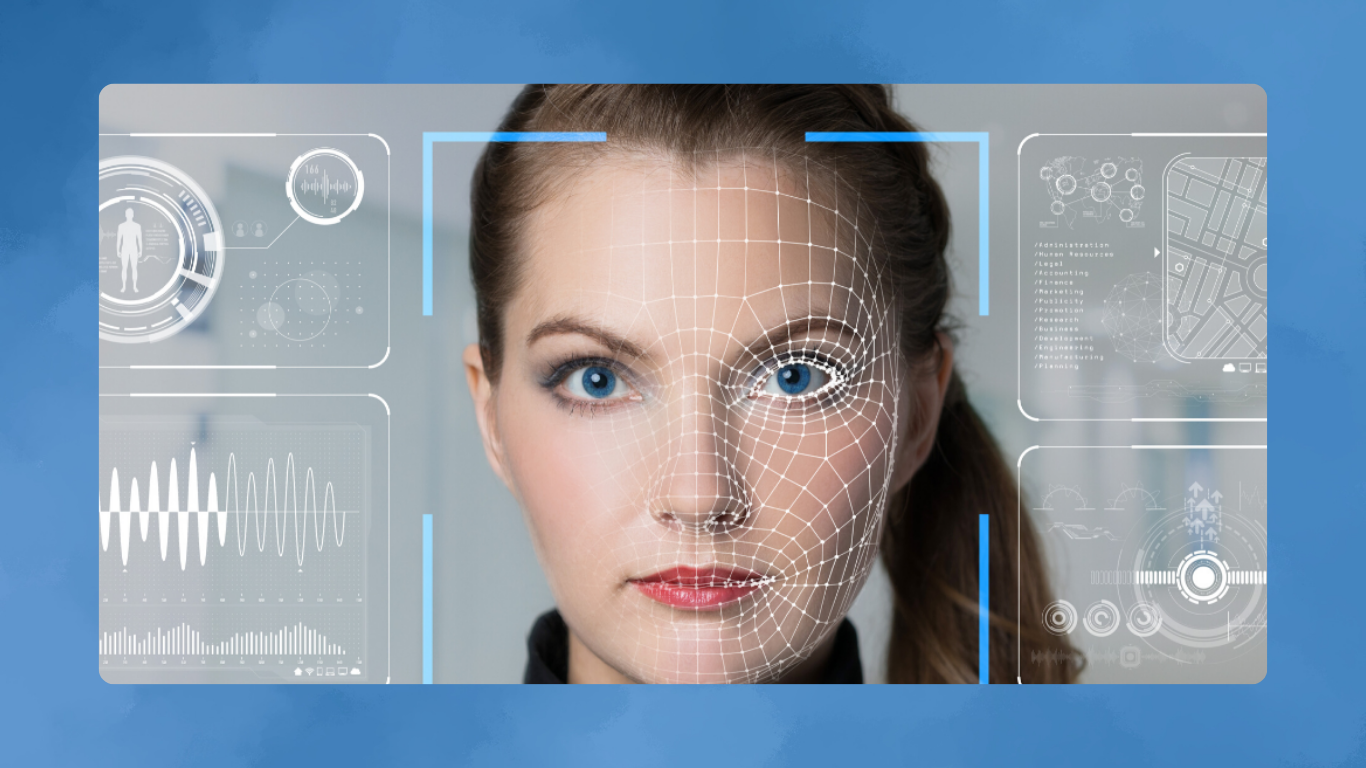Australians are becoming increasingly open to the idea of using facial recognition technology for grocery payments, but privacy concerns remain a significant hurdle, according to a leading retail expert. This rapidly growing technology is already making its mark globally, valued at $US4.62 billion, and is projected to grow by 19.9% annually through to 2030.
The concept behind facial recognition payments is simple: shoppers’ faces are scanned at checkout, allowing them to complete transactions without needing cash or cards. While this promises a smoother, faster shopping experience, many consumers remain cautious about how their biometric data will be handled and protected.

Queensland University of Technology (QUT) professor Gary Mortimer explains that this technology has already gained massive traction in countries like China, where more than 760 million people have made payments by scanning their faces since 2022. Mortimer points out that the success of facial recognition technology in China showcases its potential for efficiency and convenience, particularly in fast-paced environments.
Global retail giants are also jumping on board with biometric payment methods. Amazon, for example, has introduced palm recognition technology in several U.S. stores, signaling a shift towards cardless payment solutions. Mortimer believes Australians are equally inclined to adopt new technology, viewing these systems as an additional payment option that complements more traditional methods like credit cards and mobile wallets.
“Australian consumers are usually eager to try out new technologies, especially when they offer practical benefits like speed and ease,” Mortimer said. “Facial recognition payments will likely become another option for shoppers to make transactions more efficiently.”

QUT recently conducted interviews with Australian shoppers to gauge their attitudes toward facial recognition payments. The feedback was mixed: while many expressed curiosity and a willingness to try the technology, privacy concerns remained a major sticking point. Consumers tended to support the technology more when they could see a clear, beneficial use case, such as quicker transactions or a backup option when other payment methods weren’t available.
Mortimer also noted that facial recognition payments may be particularly appealing in scenarios where convenience is key. “If your hands are full or you forget your wallet, being able to pay with just a facial scan is incredibly convenient,” he explained. However, for the technology to gain widespread acceptance in Australia, retailers will need to address consumer concerns about privacy and data security.
The global trend towards biometric payments is accelerating, and Australian retailers are likely to follow suit. But for widespread adoption to take place, there must be clear transparency and security around how personal data is handled. As the technology continues to evolve, shoppers will need reassurances that their biometric data is safe, ensuring that innovation is balanced with consumer trust.

Subtly charming pop culture geek. Amateur analyst. Freelance tv buff. Coffee lover
